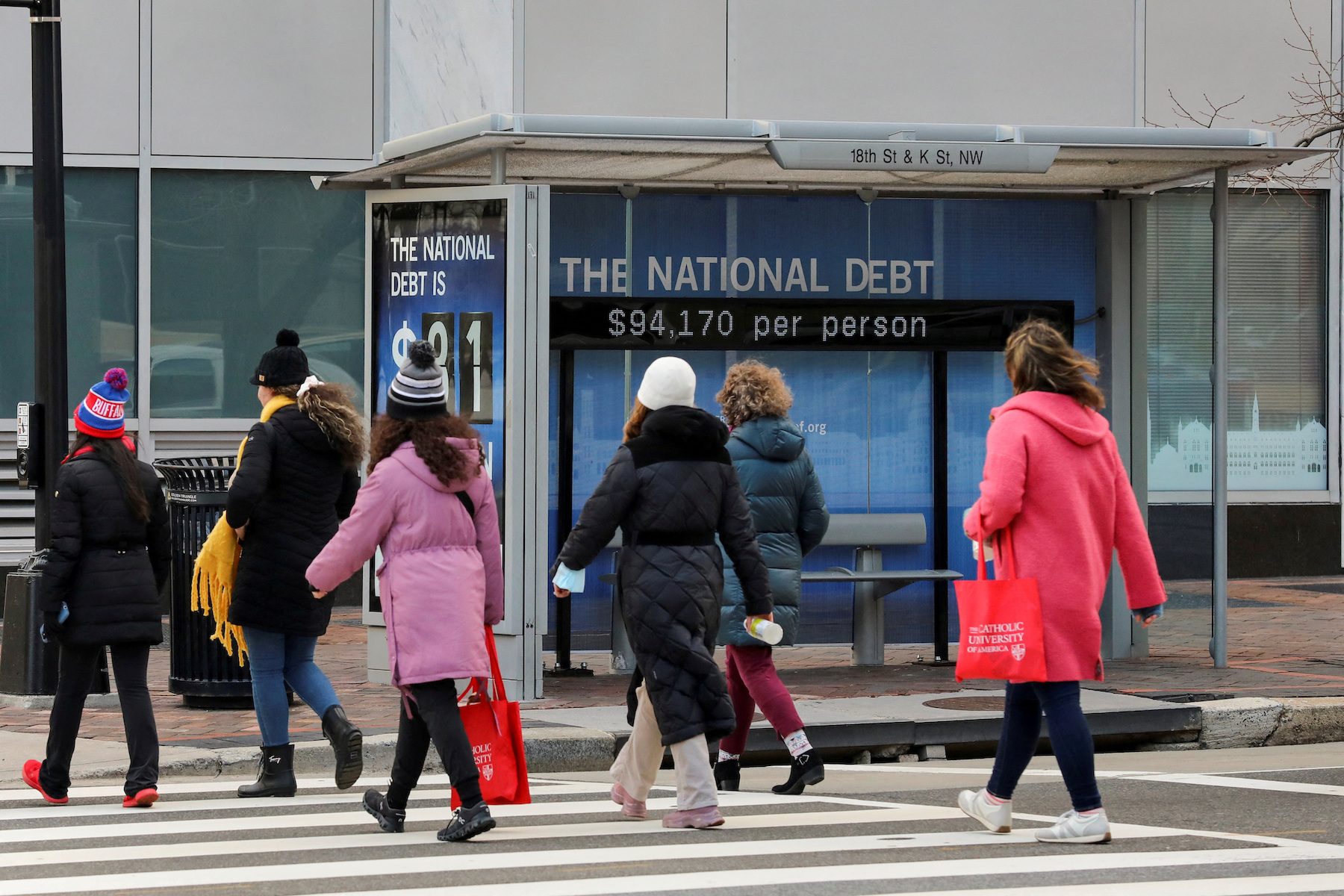SUMMARY
This is AI generated summarization, which may have errors. For context, always refer to the full article.

NEW YORK, USA – Consumers are starting to fall behind on their credit card and loan payments as the economy softens, according to executives at the biggest US banks, although they said delinquency levels were still modest.
Profits at Bank of America, JPMorgan Chase & Co., Wells Fargo & Co., and Citigroup beat analyst forecasts as lending giants earned a windfall from rising interest rates. But industry chiefs warned that the strength would tail off this year as a recession looms and customer delinquencies climb.
“We’ve seen some consumer financial health trends gradually weakening from a year ago,” Wells Fargo chief financial officer Mike Santomassimo said on a conference call Friday, April 14, to discuss its first-quarter results.
While delinquencies and net charge-offs – debt owed to a bank that is unlikely to be recovered – have slowly risen as expected, consumers and businesses generally remain strong, the bank’s chief executive officer Charlie Scharf said.
The company set aside $1.2 billion in the first quarter to cover potential soured loans.
Citigroup also made larger provisions for credit losses even as it brought in more revenue from clients’ interest payments on credit cards.
Delinquency rates were rising as anticipated, but still stood below normal levels in the bank’s “very high quality” loan portfolio, said Mark Mason, the bank’s finance chief.
“We have tightened credit standards specifically as a result of the current market environment in cards, we continue to calibrate our credit underwriting based on what we’re seeing based on macroeconomic trends,” Mason said.
Delinquency rates will probably return to “normal” levels of 3% to 3.5% for branded cards and 5% to 5.5% for retail services by early 2024, Mason said. Current delinquency rates are 2.8% for branded cards and 4% for retail services, according to Citi’s presentation on its earnings.
Bank of America provisioned $931 million for credit losses in the quarter, much higher than the $30 million a year prior, but below fourth-quarter $1.1-billion provision. Total net charge-offs with credit reached $807 million, increasing from the former quarter but still below pre-pandemic levels, the bank said in its earnings release.
“The consumer’s in great shape in terms of credit quality by any historical standards. Employment remains good, wages remain good, and we haven’t seen any cracks in that portfolio yet”, Bank of America CFO Alastair Borthwick told reporters.
Some of JPMorgan’s customers were starting to fall behind on payments, but delinquency levels were still modest, said Jeremy Barnum, finance chief at the largest US lender.
“We are not seeing a lot there to indicate a problem,” he said.
The bank more than doubled the amount it set aside for credit losses in the first quarter from a year earlier, to $2.3 billion, reflecting net charge-offs of $1.1 billion.
Worsening economic conditions would lead to “credit deterioration throughout 2023 and 2024 with losses eventually surpassing pre-pandemic levels given an oncoming recession,” predicted UBS analysts led by Erika Najarian. Still, loan defaults are forecast to stay “below the peaks experienced in prior downturns,” they said.
As large and medium-sized lenders become more conservative in underwriting, their net charge-offs will probably peak in several quarters, wrote Morgan Stanley analyst Betsy Graseck. “This means slower loan growth” in 2023 and 2024, she wrote.
American Express said in a filing on Tuesday, April 18, its card loans net write-offs grew slightly in March to 1.7% from 1.4% at the end of February. Volumes of past due loans were stable from February to March. – Rappler.com
Add a comment
How does this make you feel?





There are no comments yet. Add your comment to start the conversation.